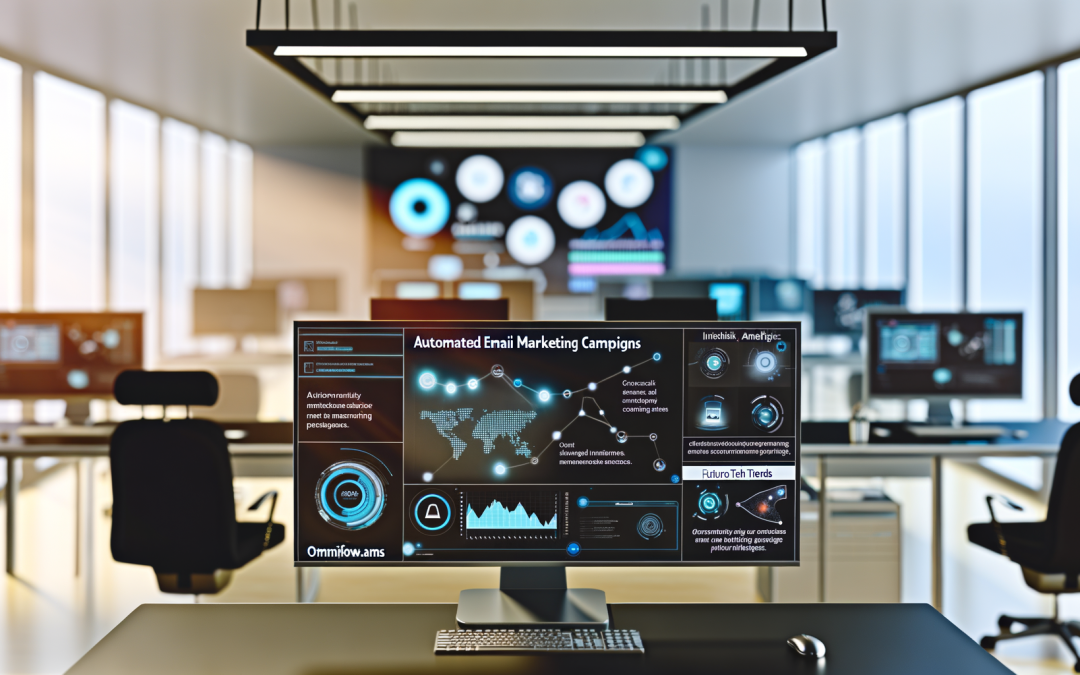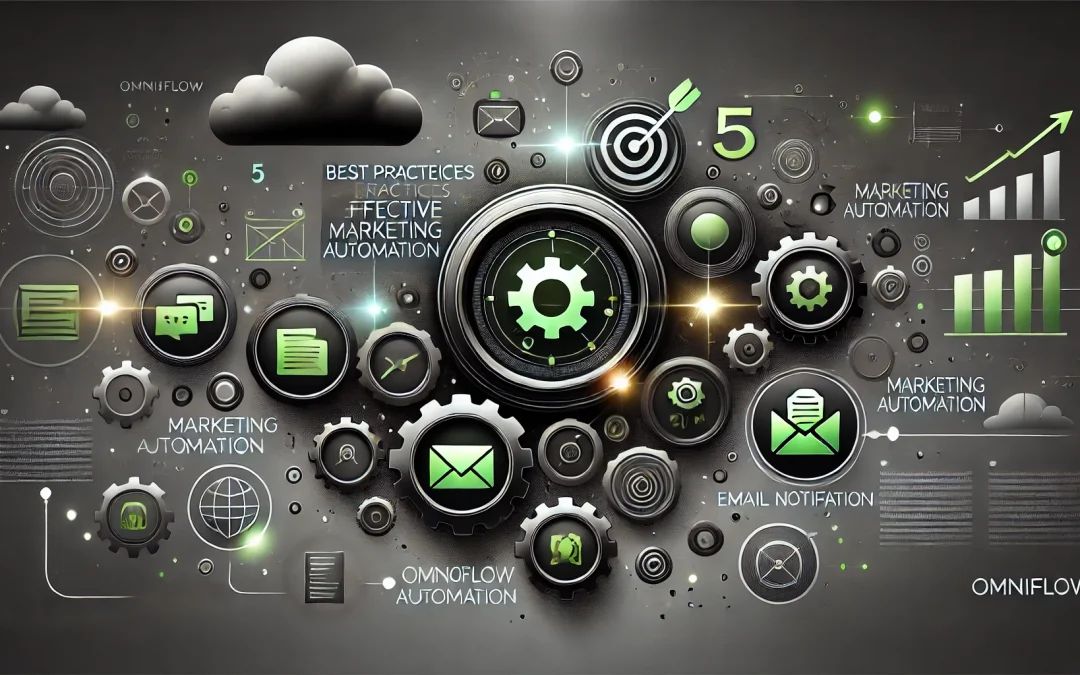
Harnessing the Future of Email Marketing with Automation
The Transformation of Email Marketing
The transformation from traditional email marketing to automated systems signifies a quantum leap in how businesses communicate with their audience. Automation paves the path for emails that are not just timely but deeply personalized, striking a chord with recipients at just the right moment. Amidst this revolution stands OmniFlow.AMS, a beacon for businesses aiming to integrate advanced automation into their email marketing strategies seamlessly. Its compatibility with platforms like WooCommerce, SendGrid, and Metabase enables marketers to craft a cohesive strategy that aligns perfectly with their audience’s journey. With OmniFlow.AMS, the future of email marketing is not just about sending emails but about crafting experiences that resonate on a personal level, ensuring each communication is a building block towards a lasting relationship with the audience.
Measuring Success in Automated Campaigns
Building on the transformation towards automated email marketing systems, the importance of analytics and Key Performance Indicators (KPIs) in evaluating campaign success cannot be overstated. OmniFlow.AMS’s robust analytics capabilities play a pivotal role here, empowering businesses to accurately track and understand engagement levels, conversion rates, and the return on investment (ROI) of their email campaigns. This elaborate data tracking paves the way for informed, data-driven decisions that can significantly enhance campaign performance.
Consider a hypothetical scenario where a business leverages OmniFlow.AMS to dissect its email marketing efforts. By analyzing open rates, click-through rates, and conversion metrics within the system, the business identifies that emails sent on Wednesday afternoons have notably higher engagement than those sent at other times. Using this insight, the company optimizes its send times, leading to a marked increase in user engagement and sales.
Furthermore, OmniFlow.AMS allows for the examination of user behavior post-click, enabling businesses to understand how recipients interact with their website or product offering. This deep dive into analytics reveals the true efficacy of each campaign, guiding adjustments not just in timing, but also in content, design, and segmentation strategies for optimal results.
As we move towards 2025, the ability to evaluate and adjust strategies based on solid analytics will become even more critical. OmniFlow.AMS’s commitment to enhancing its analytical features, in line with upcoming technological advancements and changing consumer behaviors, positions businesses to not just react but proactively shape their email marketing strategies for increased engagement and profitability.
Looking Ahead: Email Marketing in 2025
Building on the necessity of robust analytics in campaign management, the future of email marketing in 2025 is poised on the brink of radical transformation. Technological advancements and evolving consumer behaviors are heralding a new era for personalized communication through email. OmniFlow.AMS is at the forefront of this revolution, incorporating AI-driven personalization and predictive analytics into its core functionalities. These features are not only designed to scale with growing business demands but also to refine the accuracy of targeted messaging. As consumer expectations shift towards highly individualized interactions, OmniFlow.AMS’s ability to leverage deep learning algorithms ensures that every email resonates with the recipient’s current interests and needs. This sophisticated personalization, coupled with predictive analytics, allows for the anticipation of consumer behavior, elevating campaign effectiveness to unprecedented levels. The potential for businesses to forge deeper connections with their audience through precisely timed and contextually relevant emails is immense. In this rapidly changing landscape, OmniFlow.AMS’s commitment to ongoing updates and scalability ensures that businesses remain competitive, always one step ahead in understanding and meeting the demands of the future consumer.
Conclusions
Automated email marketing represents a paradigm shift, offering unprecedented opportunities for business growth and customer engagement. OmniFlow.AMS stands at the forefront of this revolution, providing the tools necessary for success in a digital-first world. As we look towards 2025, embracing these innovations with OmniFlow.AMS will be key to navigating the future of email marketing, promising enhanced results and deeper customer relationships.




